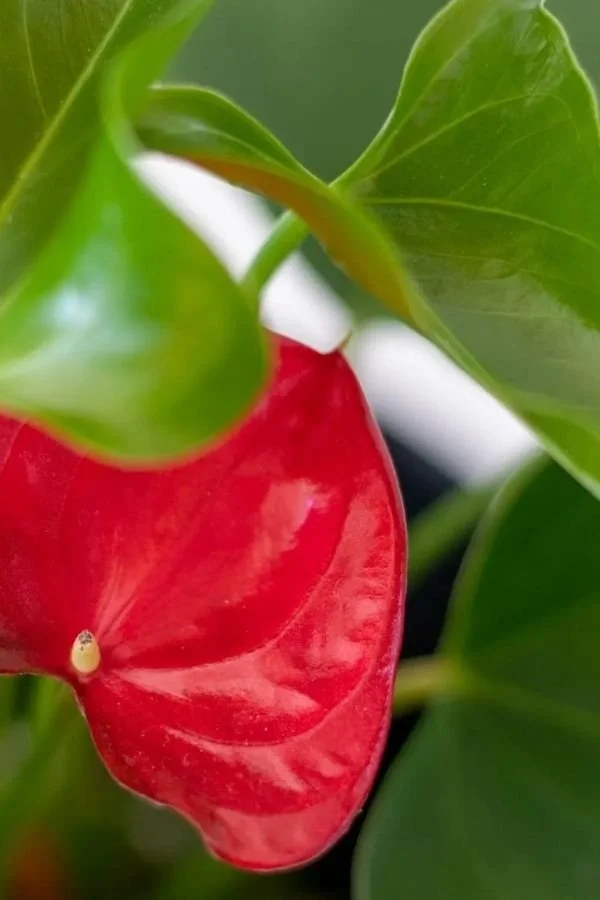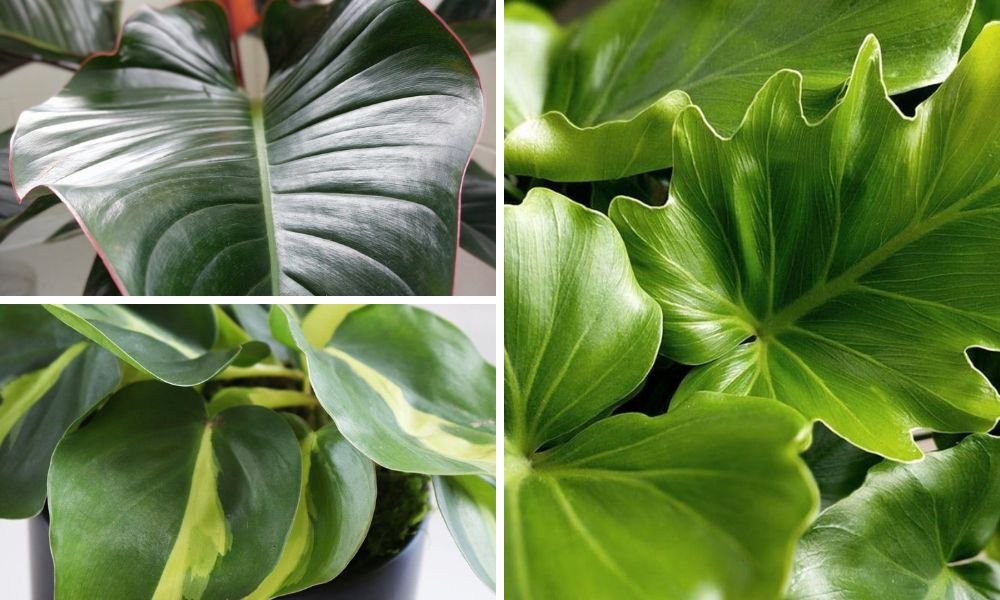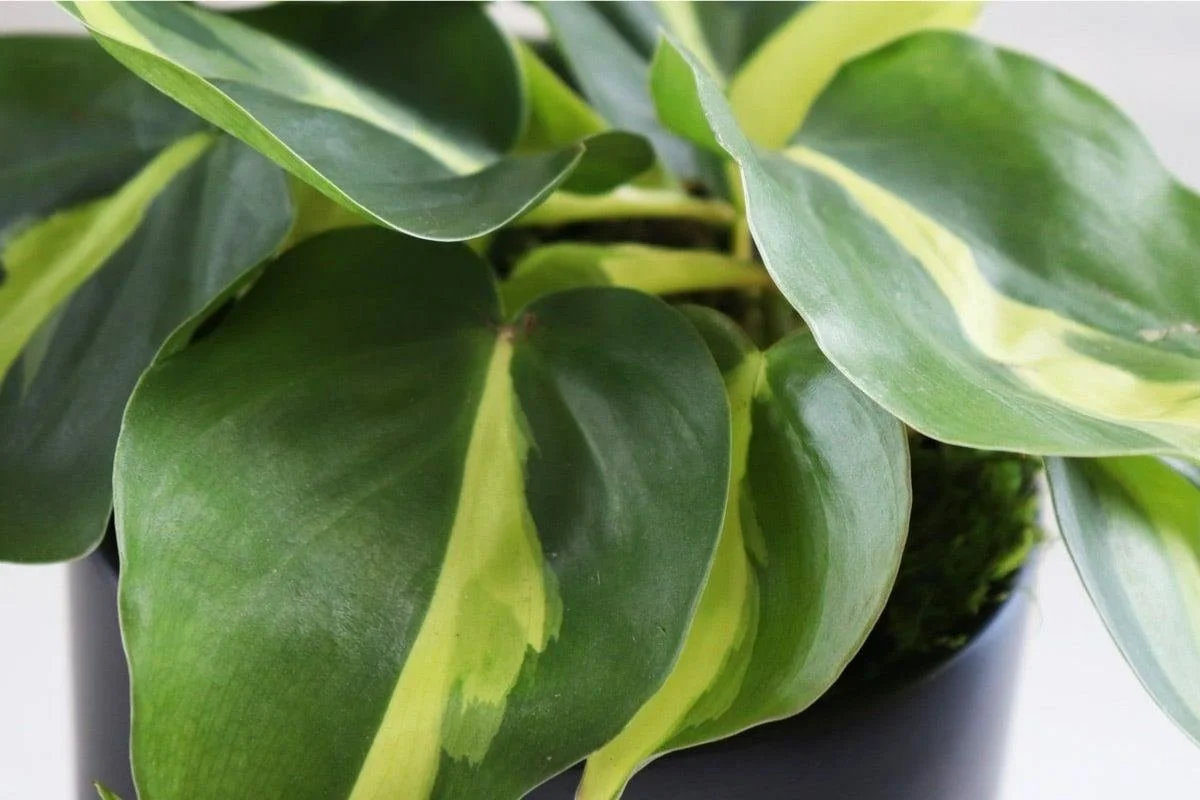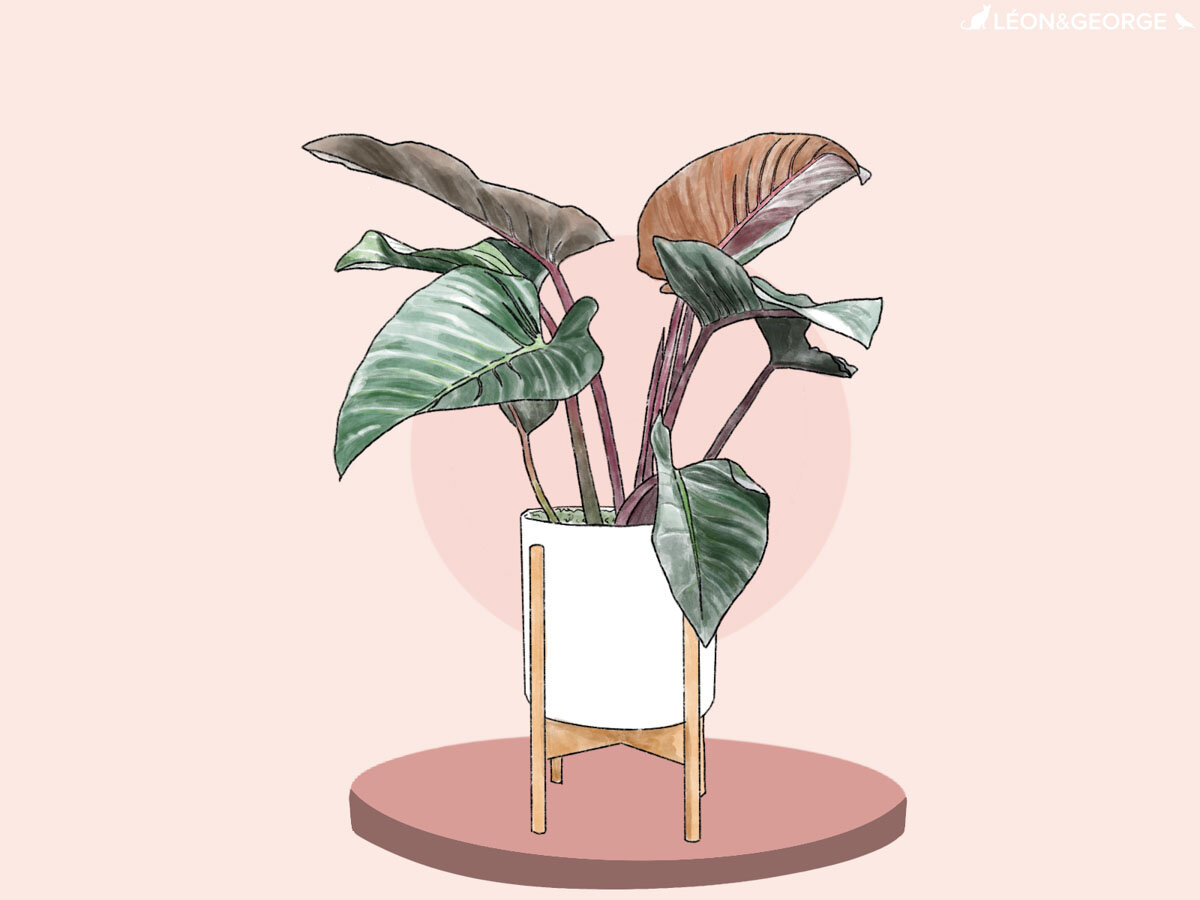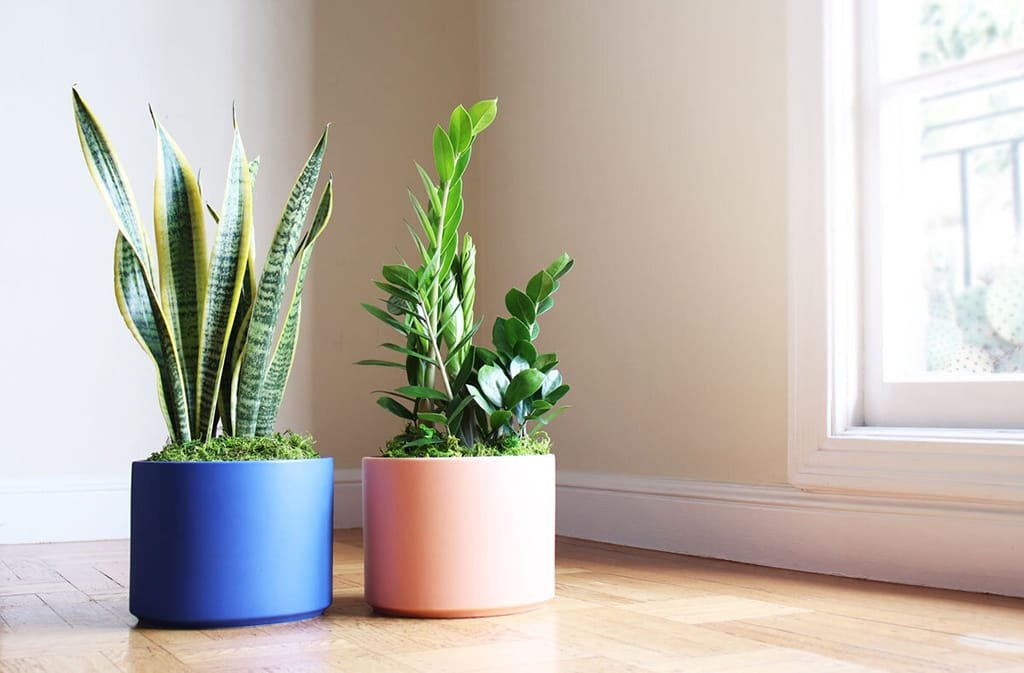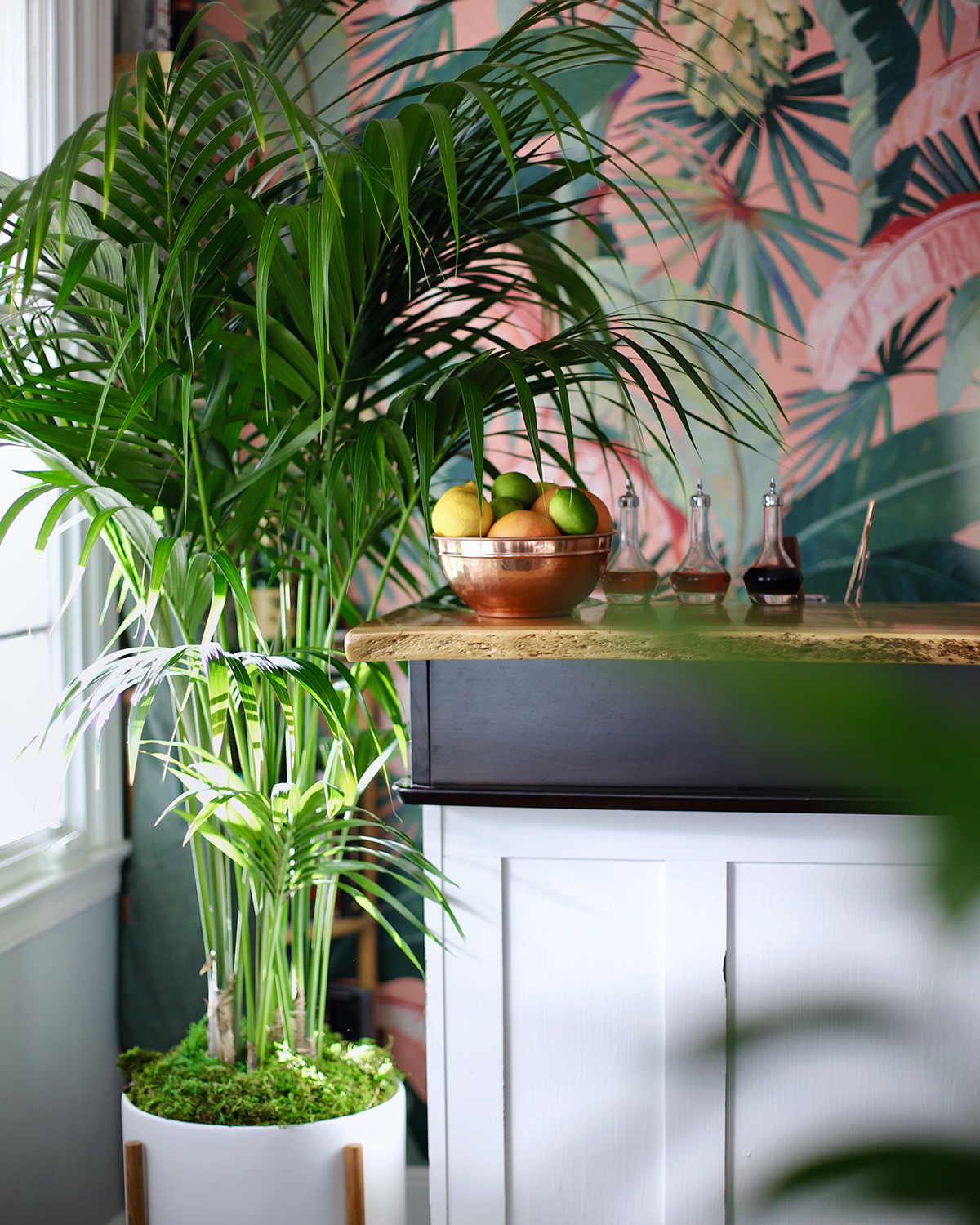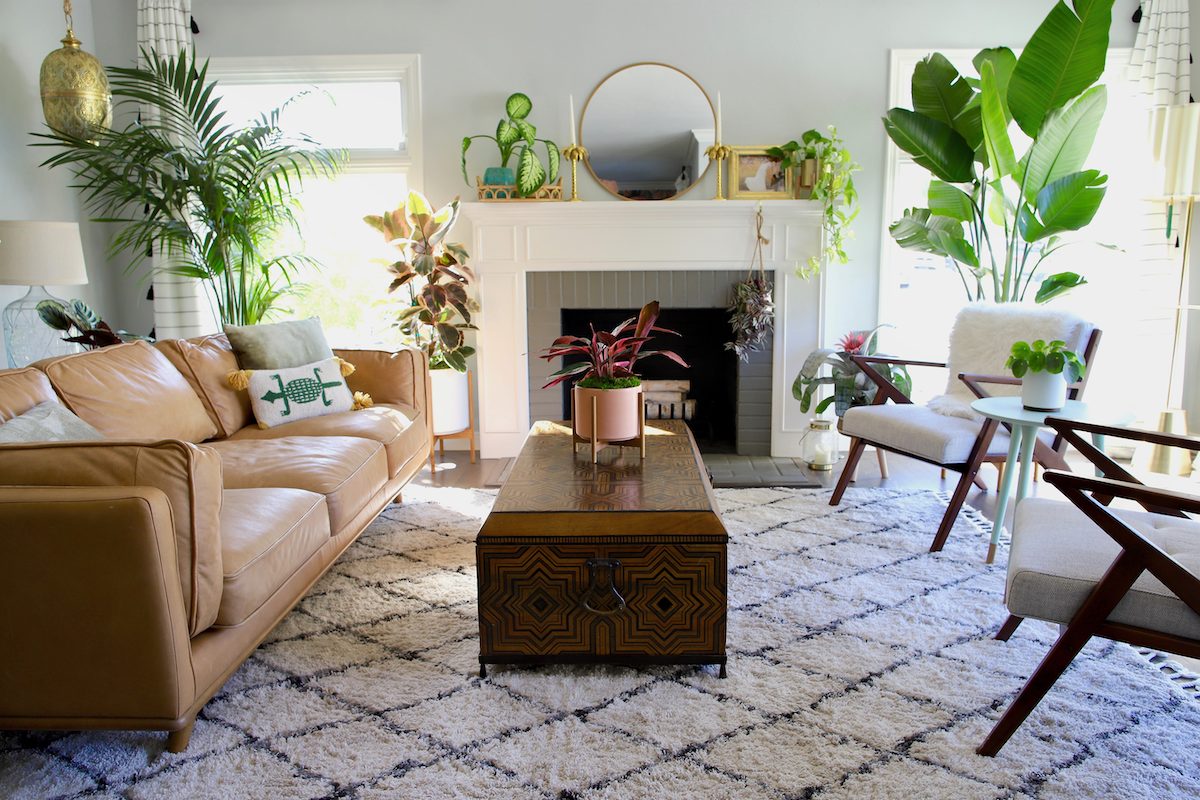Experience nature's vibrant beauty with the Red Congo’s colorful leaves that add a stunning pop of color to any space.
Growing tired of the usual green when it comes to living plants? Consider spicing things up with some vibrant red leaf plants! There are many popular houseplants that feature shades of red on their leaves, and many of these are easy to care for. Go ahead and discover something unique with the top 5 red leaf plants.
Magenta Triostar
If you’re looking for a plant with some serious personality, the Magenta Triostar is the way to go. This playful prayer plant features deep green leaves with bright magenta stripes and undersides in rich shades of red and pink. It truly appears to be painted by Mother Nature herself.
One thing to keep in mind with the Magenta Triostar is that it requires a bit more care than some other red leaf plants. It needs bright, indirect light and consistently moist soil to thrive. But with a little bit of love and attention, this plant will reward you with its stunning and unique beauty.
Bold and beautiful, the Red Congo plant features striking dark foliage with vibrant accents of red, making it a stunning addition to any indoor jungle.
Red Congo
The Red Congo is a strikingly lush plant with deep red stems that give way to glossy green leaves. An eye-catching addition to any room, this plant is a member of the Philodendron family and is native to South America.
The Red Congo is a fast grower, making it an excellent choice for filling up empty spaces in your home or office. It also acts as an air purifier and cleans the air of harmful VOCs and other toxins.
The King of Hearts Anthurium has heart-shaped leaves with a glossy finish, a perfect addition to any plant collection.
False Aralia
The False Aralia is a fun red leaf plant with delicate, frilly leaves in shades of deep green and burgundy. Its serrated leaves resemble a feather boa, making it a unique addition to any space. This plant is native to the Pacific Islands and requires bright, indirect light to thrive.
The False Aralia is safe for pets and requires very little upkeep over time.
King of Hearts Anthurium
The King of Hearts Anthurium is a popular flowering plant that features bright red spathes, or clusters of flowers, around its green leaves. Like a bouquet that flowers yearround, the Anthurium is ideal for someone who wants something bright and colorful as well as easy to care for. This plant is native to tropical regions of Central and South America and requires bright, indirect light to thrive.
The Golden Petra plant showcases brilliant golden-yellow foliage that illuminates any room with its stunning natural beauty.
Golden Petra
The Golden Petra is a stunning red leaf plant with leaves that are a mix of green, yellow, and bright red. Its variegated leaves make it a playful addition to any indoor space. This plant is native to Indonesia and requires bright, indirect light to thrive.
One fun fact about the Croton Petra is that it’s also known as the “Joseph’s Coat” plant because of its vibrant colors. It’s a great choice for those who want a red leaf plant that also features other bold hues.
Ready to explore even more? Shop our full collection of variegated plants and bring your home to life with vibrant living color!
Designed to Thrive
Premium plants, potted and delivered, plus lifetime access to 24/7 Plant Doctor support.


